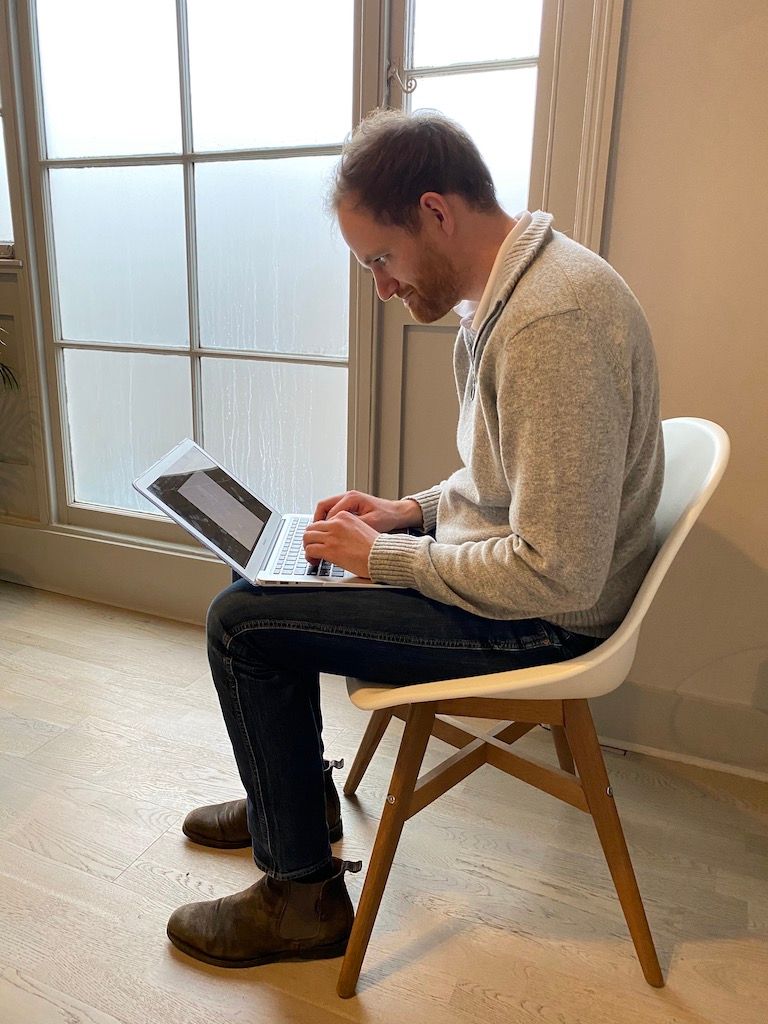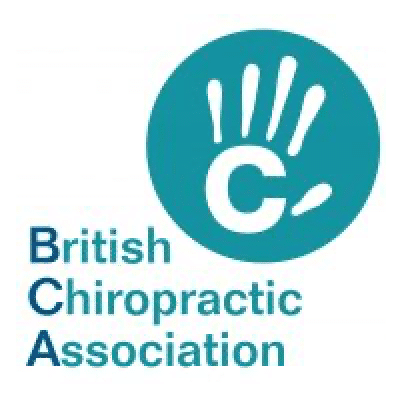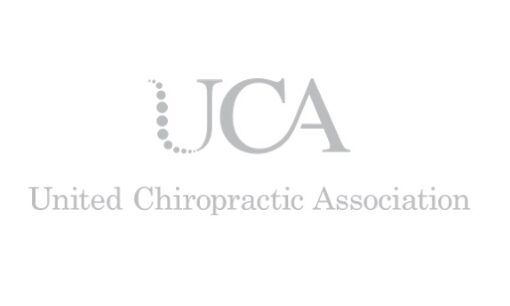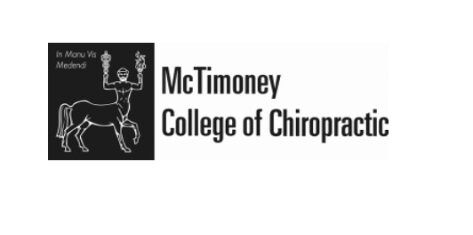Is My Posture the Cause of My Pain?
As practitioners, we find patients often ask: “Do I have good posture?” or “Is my pain because of my bad posture?”
But, did you know that within scientific research there is little consensus of what good posture actually is.
Most of us have been told at some stage to sit up straight and pull our shoulders back. But, research shows that sitting up straight has no correlation with less back pain. And those who tend to slouch often suffer less back pain than those that sit up tall.
We used to blame different anatomical postural positions on pain. An increased inward curve in your lower back (clinically known as lumbar spine lordosis), or an increased outward curve at the top of your back (clinically known as a thoracic kyphosis), were often blamed for pains. However, many of these anatomical variants are normal. The research shows that they are not a sign of future problems or that you will develop pain in the future. Everyone’s resting postures are different and you are not more likely to develop pain with one posture compared to another.
Of course, certain postures may make us feel better and possibly present better in certain situations. For example, when we look at ourselves in a photo or presenting ourselves in an interview. Apart from that, there is no evidence to conclude that a more upright posture with shoulders back is better for you.
So what is important for posture?
Sustained positions
It seems to be that the only time that posture matters is when you are in a fixed position for a long time. For example, sitting at a desk for 8 hours non-stop, or looking up and painting a ceiling for 2 hours non-stop.
The lack of movement out of this position is likely to have a role in your pain. It is not necessarily the position you are in. Therefore, an inability to move out of a certain position is much more likely to cause you pain.
Compensated postures
The other time that posture seems to matter is if you are adopting a particular position because of your pain. For example, supporting your arm because of shoulder pain, rather than letting it swing freely by your side, or leaning on your right leg, to avoid weight bearing on an injured left ankle causing you to limp. Clinically, we call this a compensated posture. Very quickly, within a matter of a day or two, a compensated posture can become a learned habit. It can become very difficult to get out of unless promoted and consciously corrected over a continuous period of time. The compensated posture, if continued will cause some tissues to work harder than they are used too. Over time, these tissues start to complain which can present as pain. For example, in the example above the right knee may start to niggle due to taking excess load from avoiding weight on the left ankle.
As a consequence, an individual movement or position of an inflamed or irritated tissue may cause some pain in certain positions. However, as that tissue starts to recover and calm down there is no problem in returning back into these positions. Your therapists are experts and will provide guidance for you with this.
Stress, anxiety and mood
Posture is also dependent on stress, anxiety and mood. When we are anxious, we may develop a more closed type of posture. This may be where perhaps our shoulders come forwards, therefore affecting our neck position. In this position, a number of neck and shoulder muscles, such as the pectoral muscles at the front of your chest work a little harder. In addition, our breathing can alter when we are anxious and subconsciously, we may breathe a little faster. When our breathing rate increases, the muscles at the front of the shoulder and chest, many of which attach to the neck too, work a little harder. Over time, these muscles can start to become tired and sore, contributing to shoulder or neck pain or the feeling of shoulder tension.
Lifestyle
Lifestyle can also play an important role in posture. A video game player may start to develop back pain due to staying fixed in the same position for long periods of time.
So is posture the cause of my pain?
Well, possibly. However, it seems to be that sustained positions, repetitive movement and compensated postures may contribute to pain. This is where your therapist comes in. They will help identify any of these issues. They will also provide you with step by step solutions to help you feel better!
If you would like some more guidance then please get in touch by emailing me on philippa@tivolichiropractic.co.uk
Remember, your body is designed to move, so let it move!
Sit straight, sit slouched, stand on one leg, bend over, just vary it around all day long. Your tissues and joints will love you for moving around. Remember your posture does not correlate with you getting pain in the future. Your best posture is your next posture.
Read onto our next article by McCoy, as she discusses how to help elbow pain.























